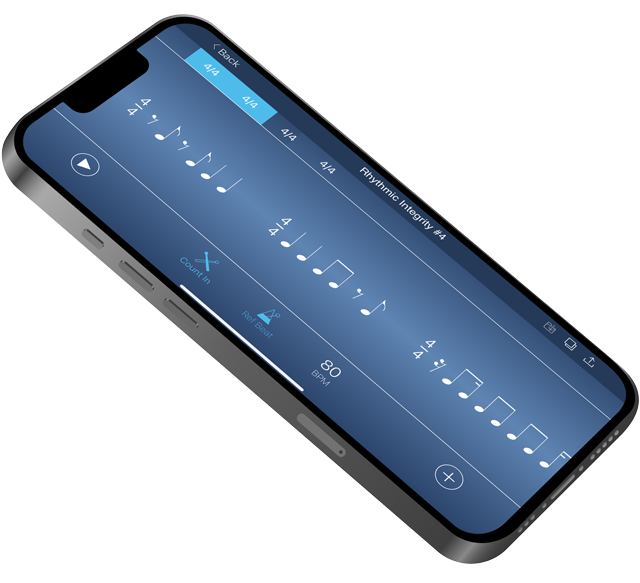3:2 & 4:3 Polyrhythms
- SYNKD Admin

- May 23, 2018
- 2 min read
Polyrhythms. They're often looked on with a sense of mystery, wonder, and hesitation. Some of them are indeed complicated but others are quite simple and are used all over the place in a myriad of applications and musical genres.

In this lesson we're going to focus on two of the most common ones.
The first four exercises deal with the 3 over 2 polyrhythm. Simply put, we are going to play every other note in a triplet subdivision. This creates the sense of a new eighth note pulse.
1. This exercise goes between a check pattern and both an accented bar where the polyrhythm is outlined and a bar where the unaccented notes are omitted. Notice that the leading hand plays the accents, and for this purpose it will play the polyrhythm as well.

2. Now, let’s do the same drill but let’s use doubles as our sticking pattern. Notice that, in the accented bar, your hands will have to do both down stroke accents as well as upstroke accents. This creates a nice hand-to-hand motion that we did not have in the previous example. This can feel pretty weird if you’re not used to it and it can easily throw your counting off. You’re counting right?

3. Now let’s push it up to three notes per hand. This is a great stand alone exercise for working on hand technique in addition to this application.

4. Finally, we're going to do two groups of six notes. Notice how the accent will flip against the pulse in either hand. This is a great endurance exercise.

The next four exercises are going to use the 4 over 3 polyrhythm. With this subdivision every third sixteenth note that is played. This creates the illusion of triplets.
1. Let’s start with single strokes. Notice that in the accented bar our hands are playing a “back and forth” motion, just as we could in triplets.

2. This example uses both doubles and diddles. We're going to use doubles in the check bar and in the accented bar it will be a double paradiddle sticking.

3. Now let's alternate between paradiddles and a diddle three. In the accented bar all of the accents will land on the leading hand and the other hand plays the unaccented notes.

4. Finally we will go between four and three on a hand. As with the last example of the 3 over 2 section, this makes for a great workout.




Comments